You're huffing and puffing, cursing the very horse that you wish wanted to be with you badly enough to stop running away. Likely you have broken a sweat, your halter and lead have become a tangled mess beyond recognition, and you could have ridden two horses in the time it's taken you to run around after your horse. Perhaps you've slipped a few times or have mud stuck to you that has flung off your horse's hooves and appropriately landed somewhere on your face during one of his attempts to flee. Sound familiar?
This is a common scenario that almost every horse owner will face at some point in their life riding horses. If you have the luxury of never having to catch your own horse, not only have you been spared this priceless experience, but have likely saved a lot of time too. For the rest of us, we've been told over and over that maybe the reason our horse doesn't wish to be caught is because we work him every time he's brought in, and comes to avoid having to go to work. What if, the real truth some deeper than merely the work factor?
Human vs. horse motivation
Horses, unlike people, generally have the inclination to do our every bidding so long as we are fair, kind, compassionate and clear in our communication. Yet, somewhere in the shuffle we have lost the connection with our horse at some time, and he begins to avoid working with us, namely avoids letting us capture him.
Flight zone rules
When you are huffing and puffing, out of breath in the pasture, ready to pull your hair out, it might not be the best time to be reminded that horses, being herd animals, have a flight zone. When this zone is entered, namely by you, the horse will move. The flight zone is changing constantly and is different for every horse. One minute the flight zone may be off the horse's body, and the next it might be 50 feet in every direction. This fluctuating tendency of the flight zone is there to protect the horse, and it then becomes our mission to learn how to function with the flight zone.
Reducing the flight zone
Outside of the flight zone, is what is known as the zone of recognition. When you enter this zone, the horse will acknowledge in some manner that he knows you are there, without moving his feet. It may be something as simple as looking at you, or even raising his head and turning it in your direction, looking straight on at you. This zone is important, because in it you can move about without inducing the horse to move his feet. But be careful, because as said before, the flight zone is constantly changing in size, and where you are standing in the zone of recognition one moment, may become the flight zone the next.
In the zone of recognition, you have room to interact with the horse, without invading his space, or what he perceives to be his own space. By approaching, and then retreating, repeatedly, slowly and without sudden speed, motion or sound, you can gradually reduce the flight zone in the horse. Your goal is to come to the edge of the flight zone, then retreat, without breaching the barrier.
Success then permanent change
So, you've reduced the flight zone and managed to catch your horse. Now what? You want to work him, but don't want to constantly battle the catching routine. The real issue is not you working your horse, just look around at other horses that seem to revel in being worked on a daily basis and skulk at the thought of having a day off. Your horse likely isn't simply a slacker in the work department, rather chances are it has more to do with the flight zone.
When working our horses, it can be easy at times to lose sight of how large we are expanding their flight zone to. True, you may be within touching range to active his flight zone, but remember that he is also attached to you. Some horses will challenge this attachment when their flight zone is invaded, but a great many more will put up with it, until they are loose in the pasture to do as they please, include running away from you. The real key to changing your horse's attitude when it comes to being caught, is by reducing the size of his flight zone when he is being worked. This means slower, more predictable actions, clear communication and working at the appropriate level of training. This doesn't mean tippy-toeing around your horse and taking care to never make a noise, but it does mean taking consideration of your horse's emotional needs.
So as your working your now caught horse, keep in mind how your actions affect the relationship between you and your horse. Think about how your actions might increase (frighten) or decrease (reassure) the flight zone around your horse. Lots of praise never hurt either.
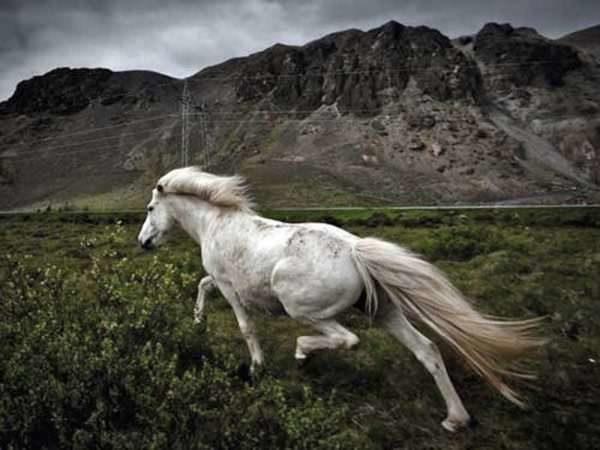

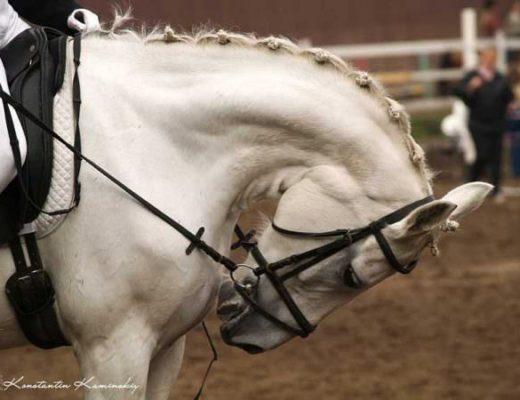
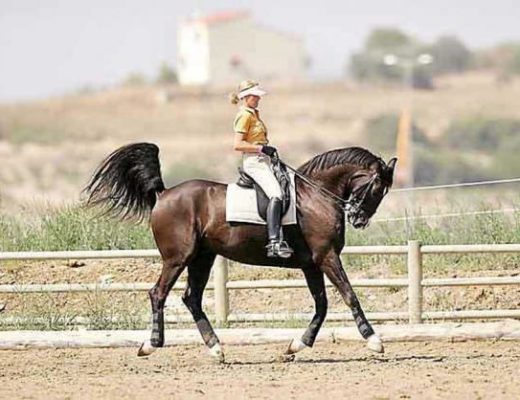
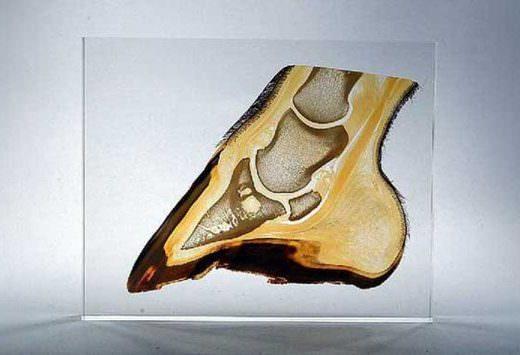
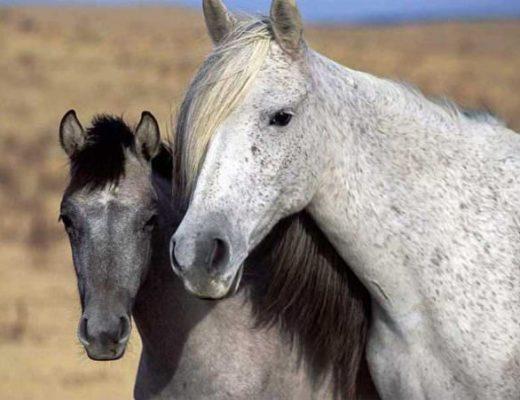

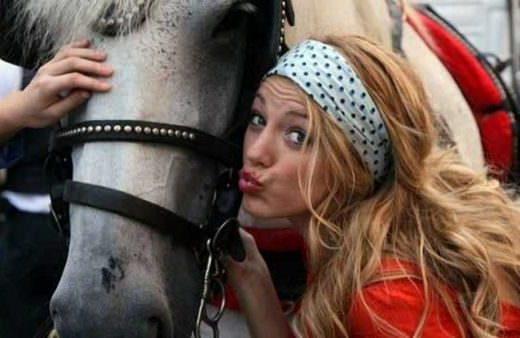
I am currently excercising a very difficult horse. He is not vicious, but is very difficult to catch.
When i go into the field, i approach him quietly, give him a pat and slip the headcollar on. He NEVER moves away from me when i do this. I can then calmly lead him towards the gate of the field.However, sometime before i get there he stops. He plants his feet and will not move forwards, or to either side. The more i pull on the lead rope, the more he walks backwards. If i stop, he stops. If i try to walk close to his side in order to flick his hindquarters with the end of the leadrope, he turns them away from me. He never appears scared, in fact he normally sighs alot during this encounter, as if bored with my attempts! From that moment on, it is almost impossible to get him to move on, even with food. Eventually, if i persist, he turns and trots away. I can then walk up to him again, without him moving away, and can do the same as before, but he always stops again.The article above did not help my problem, but after reading the one about resistance, i believe he is demonsrating weight resistance. I can only go to him once a week, so cant even lead him in and out a few times a day without riding him, so that he doesnt link my catching him to him doing work.Any ideas how i can get him to walk all the way out?Any tips would be very helpful!
Hi Dani,
I replied to your question in Refusal To Move : How Best To Evade Work.
Cheers!
My 2 yr old, whom I’ve had for 3 months, always comes to me from the end of his pasture, puts his head in the halter, yet I’ve never given him a treat in his life and all we do is work. I even admit it really surprised me when he started meeting me this way. But work has always been presented to him in a fair and consistent manner, and I have played with flight and recognition zones about twice in the pasture. Case closed 😉